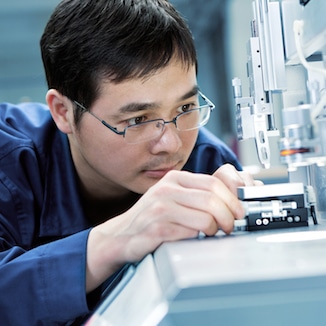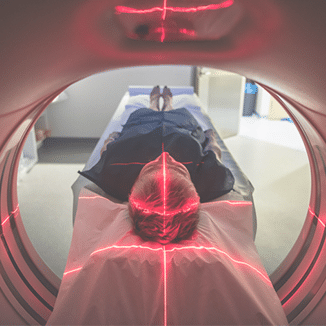
In today’s competitive and fast-paced manufacturing industry, medical equipment manufacturers are actively seeking ways to produce high-quality medical devices in the quickest way possible. Now that hospitals and individual consumers continue to demand the latest and most innovative medical devices, manufacturers have taken this as an opportunity to excel in the competitive market by trying to be the fastest medical device developers.
The sooner you can present your medical devices to your target market, the faster your products can generate more revenue for your company or brand. Furthermore, being the first manufacturer to market a new medical device is also an excellent way to step up your game, be ahead of competitors, and establish your company’s reputation as a leader in medical device innovation.
Best Ways to Ensure Speed and Quality in Medical Device Manufacturing
Along with the goal of accelerating production, medical device manufacturing companies should also remember to retain quality and excellence when producing medical devices. Thus, having a clear action plan for production will ensure that quality, consistency, and speed are all in sync to streamline the manufacturing process.
For companies seeking to achieve an agile medical device manufacturing process while maintaining quality, the following suggestions may be helpful.
1. Build a Strong Development Team
As with any other industry, a strong and competent development team plays a crucial role in speeding up your manufacturing projects. So, make sure to gather your best team of device designers, quality assurance managers, and usability engineers. These people will help ensure that a comprehensive approach is taken in your medical device manufacturing projects.
Moreover, the team can also formulate action plans by budgeting, setting timelines, assessing risks, uncovering hidden costs, and computing potential revenue. This way, the entire manufacturing process is guaranteed to be fast, efficient, and with less risk.
2. Incorporate Compliance into Device Design
Every medical device you produce must adhere to regional and international compliance standards. These standards were established to ensure that all medical devices are high in quality and usability and can successfully meet customers’ needs. It’s important to remember to prioritize compliance during the early stage of the manufacturing process to minimize delays.
Finding out that a particular medical device doesn’t pass these standards will only mean that it has to undergo the manufacturing process again, delaying the product’s release and eventually taking up more of your company’s time and money. Thus, you should see to it that your manufactured medical devices comply with the standards imposed by the International Standard for Organization (ISO), the Food and Drug Administration (FDA), and the International Electrotechnical Commission (IEC).
3. Practice Rapid Prototyping
As mentioned in the previous point, if a product must go through the manufacturing process again, its release will be significantly delayed, and the company will have to expend more resources on it. To avoid this and to speed up the manufacturing process, you can practice rapid prototyping.
Rapid prototyping can help you pinpoint possible design issues in a medical device even before production starts. Utilizing medical prototyping services will allow you to verify and optimize your design and eventually speed up your medical device production.
4. Have a Strong Test Strategy
The testing stage of the manufacturing process allows you to verify and validate if the medical device is reliable, durable, and of high quality. Verification is an internal testing process that checks if the device meets the requirements, while validation is an internal-external testing process that checks if the device delivers the promised benefits. Going through these processes will help reduce the risk of a device recall and get your medical devices to market at speed.
5. Employ Automation
Automated medical device production is a cost-effective practice that improves quality control. Automated systems help the development team identify and resolve device issues faster, allowing the products to reach the market sooner. No matter what stage you choose to use automation in, it can streamline your medical device manufacturing process at speed while ensuring the quality of the device.
6. Use Precision Tools
Precision tools ensure better accuracy when manufacturing and machining medical devices. Using these tools will ensure superior quality and highly accurate medical devices while maintaining speed in production.
If you consider using precision tools in your production process, you should also make sure to do constant maintenance checks to prevent malfunctions that could result in production delays.
7. Establish a Culture of Quality
The aforementioned technology, tools, and techniques can provide high-quality medical devices while ensuring production speed. However, they can only go so far depending on your workers’ speed and performance. Thus, you also need to create a culture of quality among your employees. Manufacturing companies that promote this kind of culture usually have a systematic and standardized approach to improving their processes and products. You can also include quality in the criteria for employee evaluation.
Conclusion
Many medical device manufacturing companies continue to look for ways to have an edge over their competitors. One way to do that is by ensuring speed and quality in your manufacturing process.
When you continuously develop superior quality medical devices with speed, there’s a better chance you can build steady partnerships with renowned hospitals, healthcare providers, and other consumers. Overall, speeding up your medical device manufacturing process is a surefire way to elevate your company’s revenue and brand reputation.
Explore iBase-t solutions for medical device manufacturers; view our brochure.




